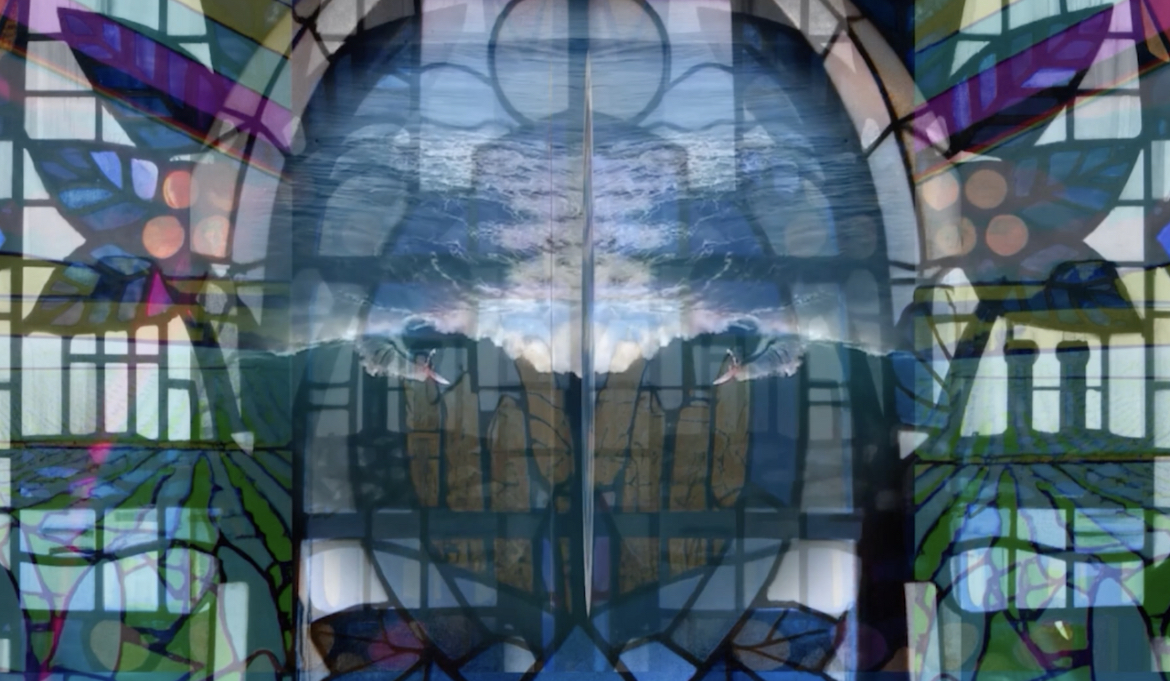The William H. Reynolds Rotunda
Jen Weih
Curated by: Sydney Hermant
The OR Gallery is proud to present Jen Weih’s exhibition. The William H. Reynolds Rotunda is an installation of objects, painting, light, and sound that explore the sculptural and acoustic qualities of the everyday. The work is inspired by the veins of jeopardy and fantasy that connect investment finance, (ever increasingly an aspect of the art system), and carnival. The work considers the ways in which these sites mitigate or magnify risk. The artist is interested in the role of mythologies of effortless getting, absolute possibility and the need to negotiate, or the potential to exploit the threat of disaster.
William H. Reynolds was a real estate developer and speculator whose career stretched from the 19th Century well into the 20th. In 1904 Reynolds opened Dreamland, one of Coney Island’s classic amusement parks. There, you could experience sensational events, both contemporary and historical in the form of exciting thrill rides and captivating theatrical presentations. The San Francisco earthquake, the burning of both Rome and Moscow, episodes of the Boer War, the Galveston Flood and the eruption of Vesuvius were all on offer. Tragically, in May of 1911, Dreamland was destroyed by fire within 18 hours.
By 1925 the soaring economy of the Roaring Twenties was matched by an unprecedented real estate boom in New York City. It was at this time that Reynolds contracted William van Alen to design a building for a plot at 42nd Street and Lexington Avenue, across the street from the recently completed Grand Central Terminal. Unfortunately, by that time Reynolds’ fortunes had changed and financial distress forced him to lease the property to Walter P. Chrysler. Chrysler continued to work with Van Alen to design the Chrysler Building, a monument to his automobile corporation, the second largest producer of automobiles in the world at the time.
While it was being built the Chrysler Building vied with H. Craig Severance’s 40 Wall Street for title to the tallest building on the face of the earth. In the final hour, the buildings were even, but van Alen had secretly constructed a seven-story spire inside the building. When this was installed Chrysler laid claim to the honour of tallest building and structure in the world. The year was 1930 and things were very much changed compared to the first days of construction in 1928. The grand opening was over-shadowed by the Stock Market Crash of Twenty-Nine and the Great Depression was underway. Then, in 1931 the Empire State Building, masterminded by General Motor’s John J. Raskob, ended Chrysler’s brief claim to the world’s tallest building. However, the Chrysler Building remains a celebrated contribution to the New York skyline.





